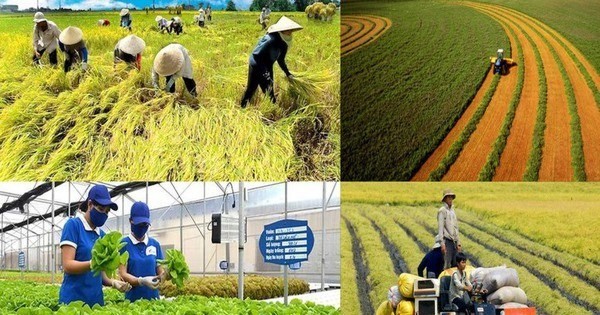
Unlocking the hidden treasure trove
Every year, Vietnam's agriculture produces hundreds of millions of tons of by-products - from straw, rice husks, bagasse to seafood by-products. Most of them are left in the fields or processed manually, causing great waste and negative impacts on the environment. Meanwhile, in many countries, these by-products become raw materials for industries worth billions of dollars, from fertilizer production, biofuel to cosmetics and medicine. The problem lies not in potential, but in technology. To turn "waste" into resources, Vietnam's agriculture needs a strong push from domestic technology - solutions that are both suitable for practical conditions and cost-effective for businesses and cooperatives. Regarding this "hidden" resource, Associate Professor, Dr. Dao The Anh, Vietnam Academy of Agricultural Sciences , said:
"Agricultural by-products from fields such as crop cultivation, livestock farming, forestry and fisheries reach a total output of about 156.8 million tons per year. This is a huge volume, but currently only about 30% is utilized. Therefore, this should not be considered a by-product but a resource that needs to be exploited effectively, avoiding waste and environmental pollution. Currently, although there are many advanced technologies, most of the technologies from abroad are expensive and difficult to apply to Vietnamese enterprises. Therefore, it is necessary to widely disseminate domestic science and technology, especially for cooperatives and farming households."

Domestic technology – The solution to the cost problem
Practice has shown that Vietnamese enterprises are playing an increasingly important role in promoting domestic technology, gradually solving the problem of cost and applicability. Recently, many companies in the fields of biotechnology and mechanical engineering have successfully developed by-product processing lines with costs only 40-50% compared to imported technology.
Typical models include a system for processing livestock manure into biogas or a process for producing pellets from sawdust, which significantly reduces energy costs for farms. Many startups are also boldly exploiting new ideas: turning rice husks into bio-batteries, utilizing seafood by-products to produce completely biodegradable bioplastics.
According to Associate Professor Dr. Dao The Anh, these steps not only contribute to reducing pollution, but also open up the export market for green products - a field that is receiving international attention and has high commercial value:
"Currently, according to the new Law on Science and Technology, localities will be allocated separate budgets to implement innovation activities in practice. For businesses, we recommend that there should be a flexible mechanism for these activities, because this is a new field, many innovative products currently do not have specific technical standards and the development of standards will take time. Therefore, it is necessary to allow localities to pilot initiatives at the provincial level, thereby promoting the application of innovation suitable to the actual conditions of each locality."
Experimental Policy – Leverage for Innovation
Turning by-products into resources is the key to promoting a circular economy in agriculture. Low-cost domestic technology models are proving effective, but to scale up, timely policy support and a mechanism for testing initiatives locally are needed. When businesses, scientists and farmers join hands, seemingly discarded by-products will become new economic value, both generating additional revenue and minimizing environmental impact. This is an inevitable direction for Vietnamese agriculture to move closer to global green standards.
Source: https://baolaocai.vn/cong-nghe-noi-dia-va-bai-toan-tan-dung-phu-pham-nong-nghiep-hieu-qua-post649753.html


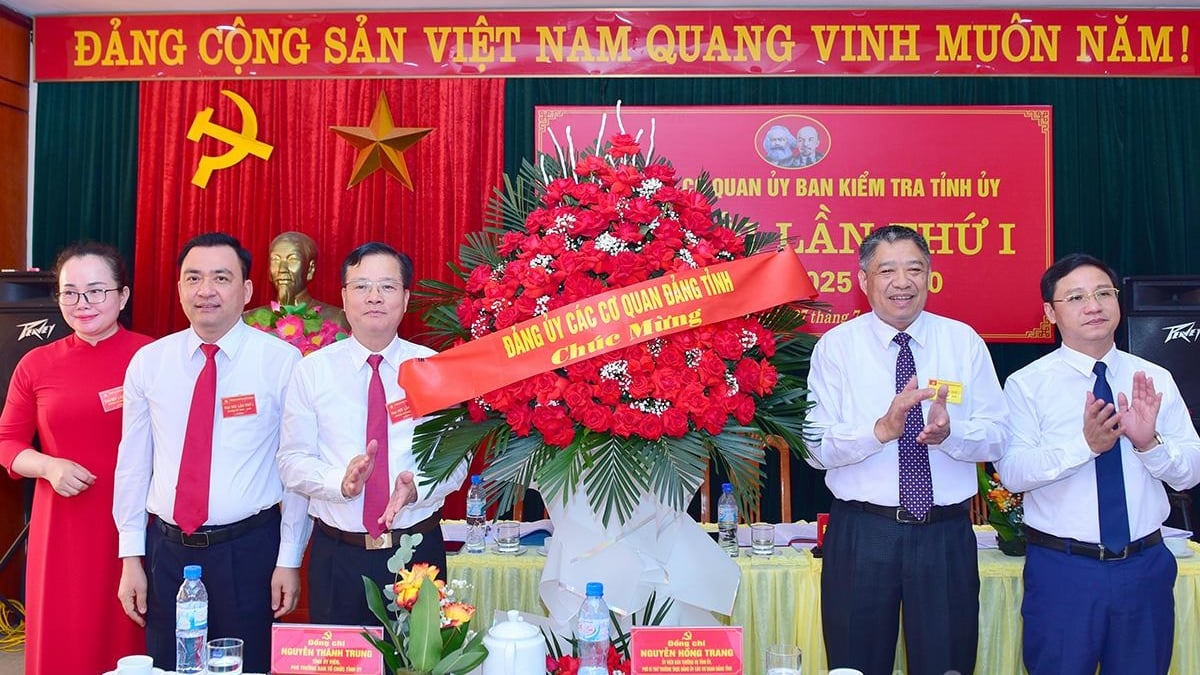

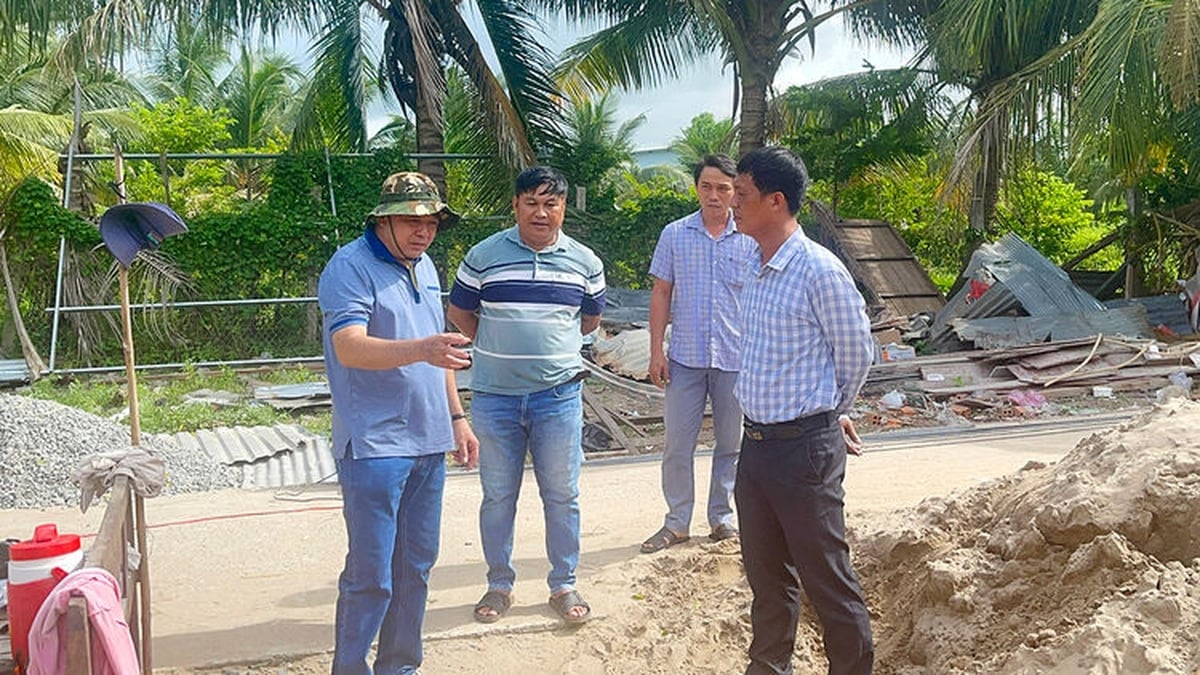

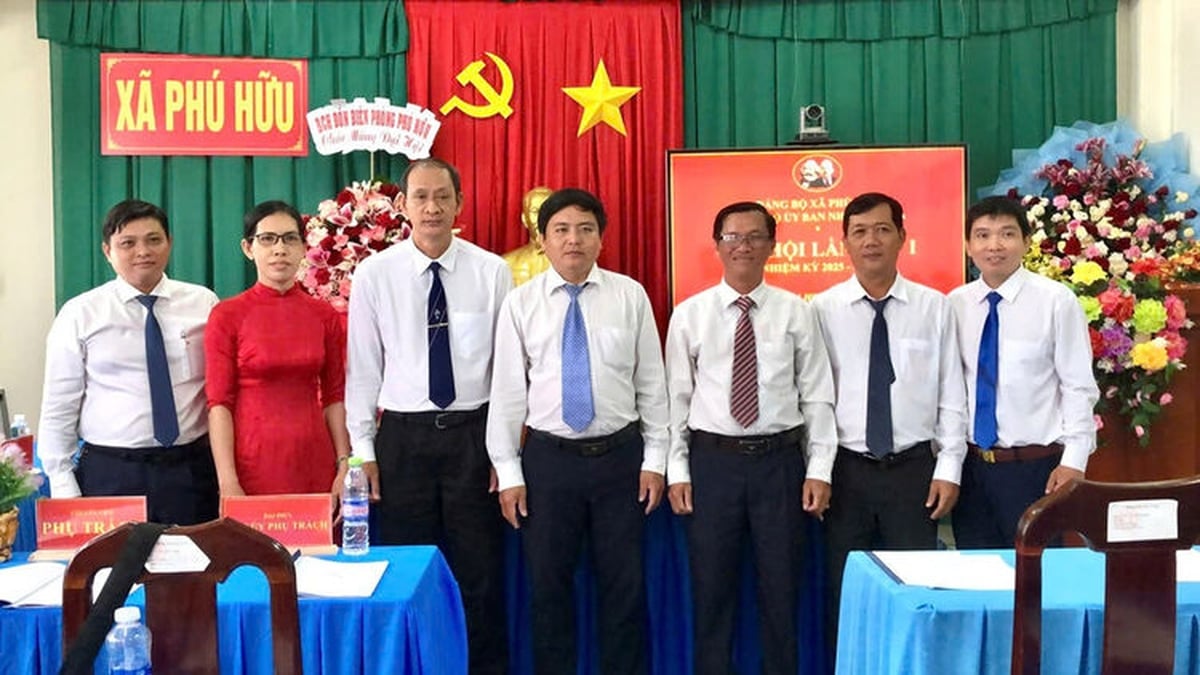




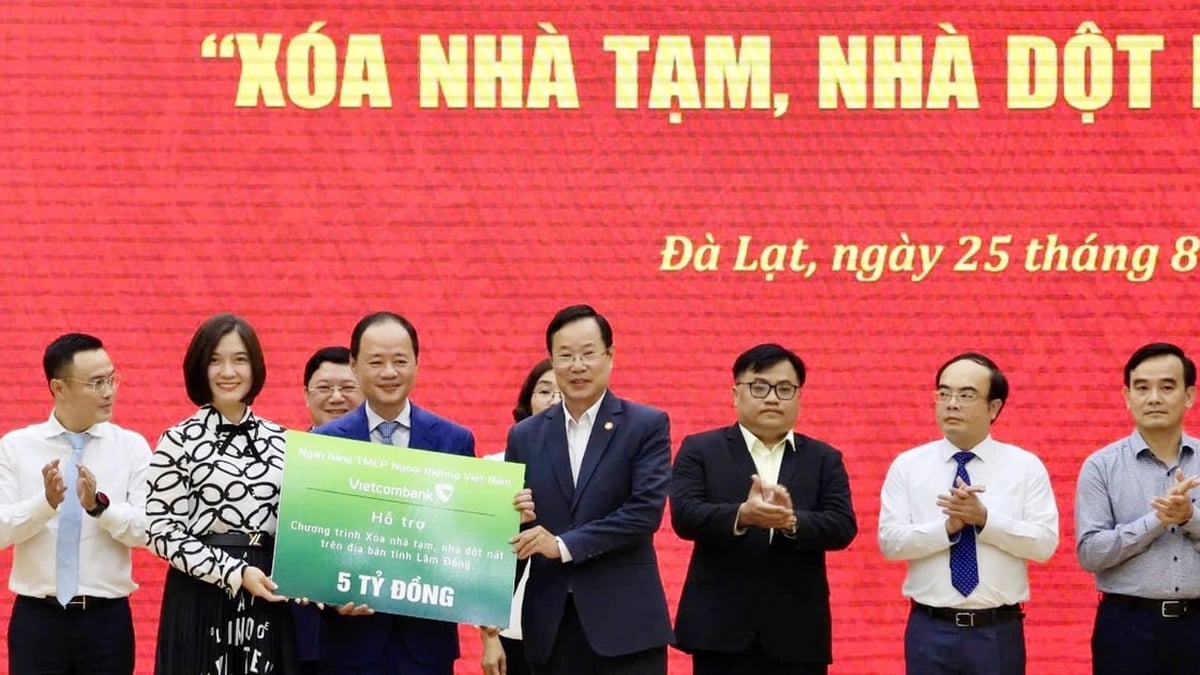























































































Comment (0)